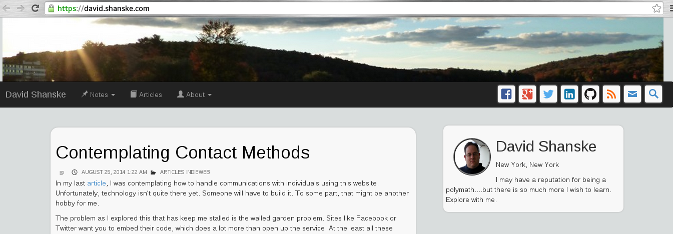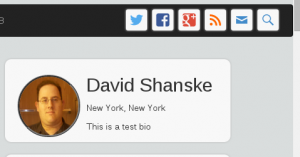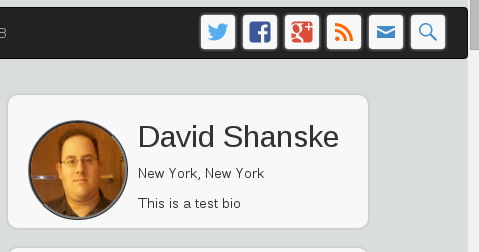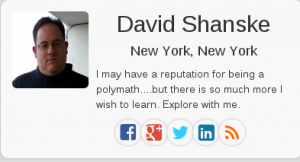Standard Plugins
- Character Count for Post Content and Excerpt(Link) – Because I need to be aware of the 140 character limit of Twitter, one of the services I send my content to, I need to know the character count of what I’m typing. This adds that to my editing screen
- EWWW Image Optimizer(Link) – It reduces file sizes for images to ensure faster loading
- Pushover Notifications(Link)or the forked alternative Pushbullet Notifications(Link) for WordPress – This plugin sends notifications of site events to my phone. The Pushover version is actively maintained and allows for extensions.
- Simple Local Avatars(Link) – Overrides the default of using the Gravatar service for profile pictures to storing them locally.
- WordPress SEO by Yoast(Link) – While I’m not obsessive about Search Engine Optimization, I find this plugin assists in my writing by reminding me about the importance of certain elements.
- Hum(Link) – This is a simple URL shortener. So for each post, there is an equivalent URL address at di5.us. This allows me to give out easier to enter links to longer post titles.
The Indieweb Stuff
- WordPress Webmention(Link) – Adds webmention support for WordPress. This allows communications between sites.
- Semantic Linkbacks(Link) – Adds richer content to WordPress comments received by Webmention. For example, interprets them as reply, repost, like, favorite, mention, etc. This allows different displays and actions to be done with them
- Semantic Comments(Link) – One of my own plugins. It changes the display of WordPress comments based on the information from Semantic Linkbacks. It presents the profile pictures in a Facepile for the various types of mentions with the comments separately below.
- Indieweb Taxonomy(Link) – Semantic Linkbacks is all about receiving webmentions for the various semantic types. But this plugin, another one of mine(although I credit several with contributions), adds new terms to WordPress posts for responding to content on another site. So, a post on this site can be a reply to another site, a like, etc. It will automatically send a webmention to the other site, if that site supports it, of course.
- Syndication Links(Link) – Another project, which adds fields to a post for the corresponding versions on other networks. It also adds links to same to the post.
- H-Card Tools – Still under development and not yet available for download, this is just the profile widget marked up appropriately, in the sidebar of the site.
A Few Choices
- There is an alternative to my Syndication Links plugin…a plugin called WordPress Syndication (Link). It automatically adds the links to the post, and extracts the data from a variety of sources that post to other sites. This includes NextScripts Social Network Auto-Poster(Link) or Mailchimp’s Social plugin(Link), and even Bridgy(we’ll get back to Bridgy in a moment).
- The theme I use is a custom one I built, but the most popular theme for Indieweb sites is Sempress(Link). My theme isn’t quite refined enough for most people, but if you want it, a copy can be downloaded here. The version in use on my site is just a colored version of the minimal style the theme offers.
Bridgy
Bridgy is not a WordPress plugin, or something you need to install(although you can host it yourself). It is a service that you can link your accounts on places like Twitter and Facebook to, and it will pull in comments, likes, etc from those sites and send them to your site to be integrated. This requires the Webmention and Semantic Linkback plugins to understand what is being sent.
To the Future
I enjoy developing this site as a learning tool. I hadn’t done much WordPress development before this and it is very useful to know.
For anyone who comes here considering trying my setup, I’m always available to help. For those who are trying my plugins…they are still being refined, but feedback and contributions(of code) are appreciated.
This site is under development, so it does change regularly. I will often summarize some of the changes with a post, but sometimes not.

 So, if you look at this test for a new configuration for this site(may be in place if you are reading this in the future), I have the links at the time, which are all syndication points…Twitter, Facebook, Google Plus, RSS, etc… other locations to see the same content, if that is the way you want to seem them.
So, if you look at this test for a new configuration for this site(may be in place if you are reading this in the future), I have the links at the time, which are all syndication points…Twitter, Facebook, Google Plus, RSS, etc… other locations to see the same content, if that is the way you want to seem them.


